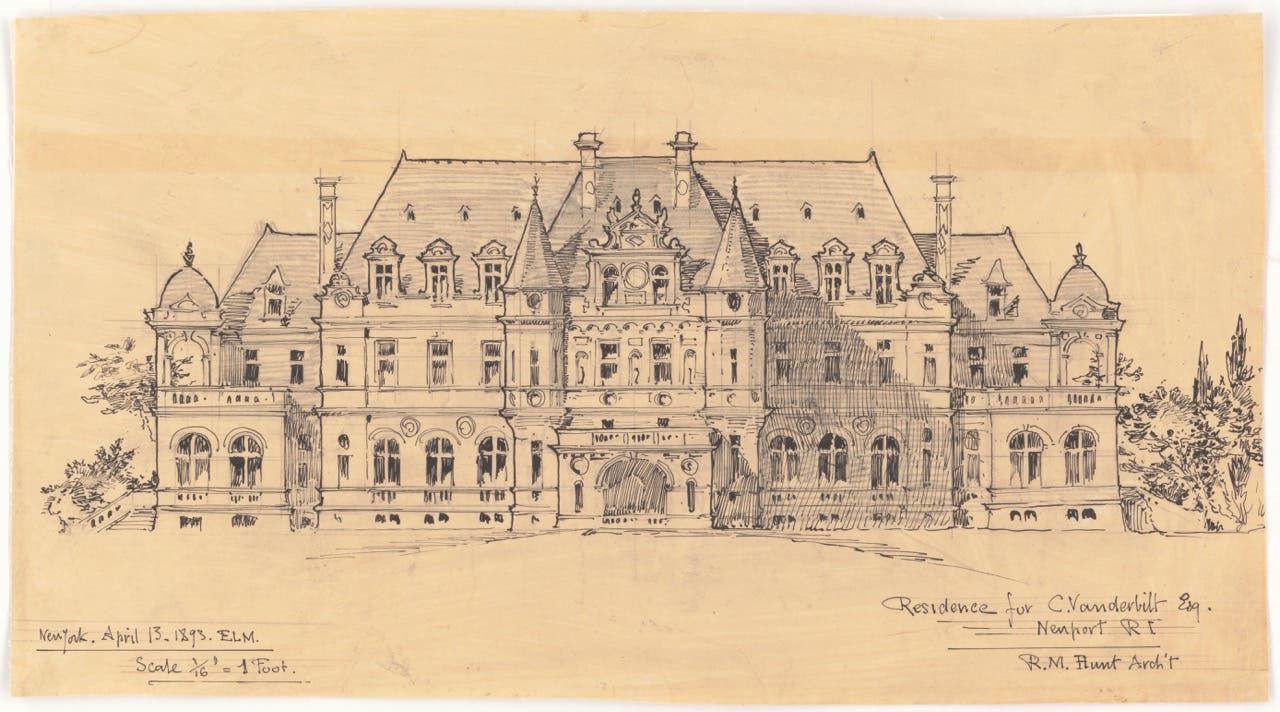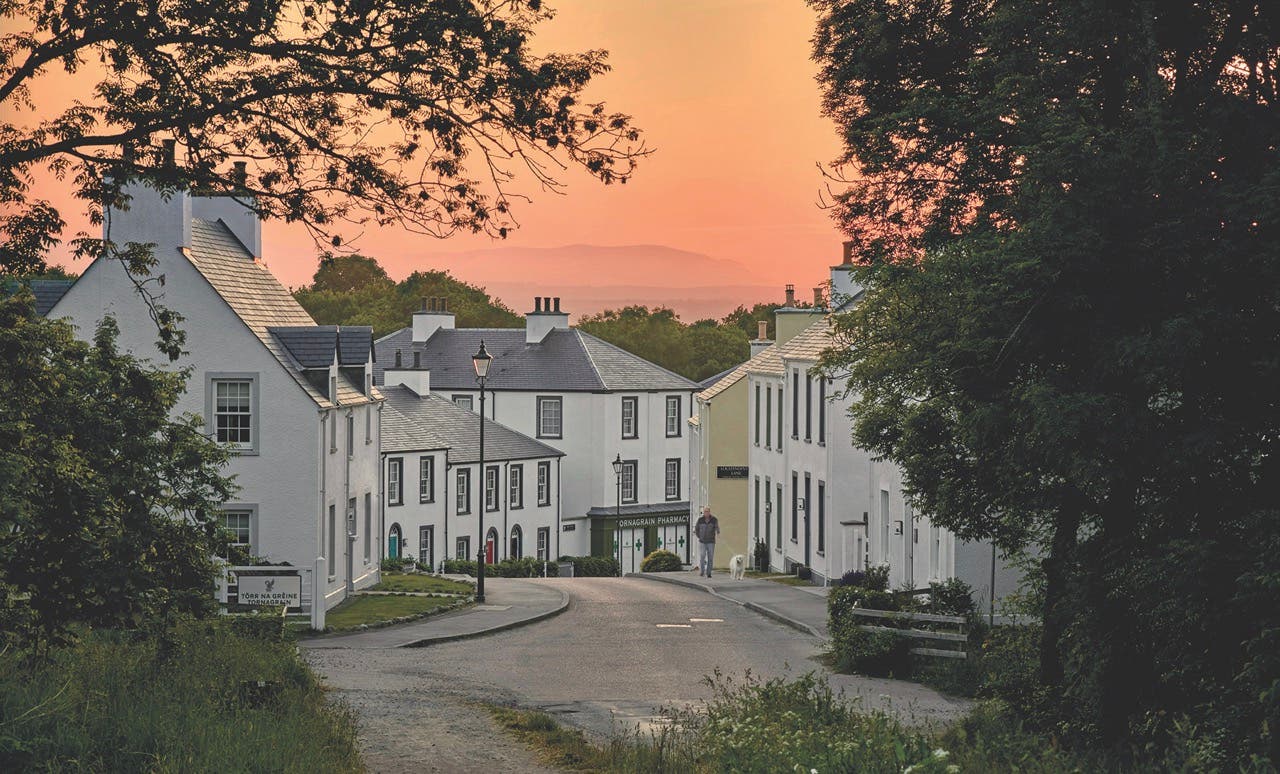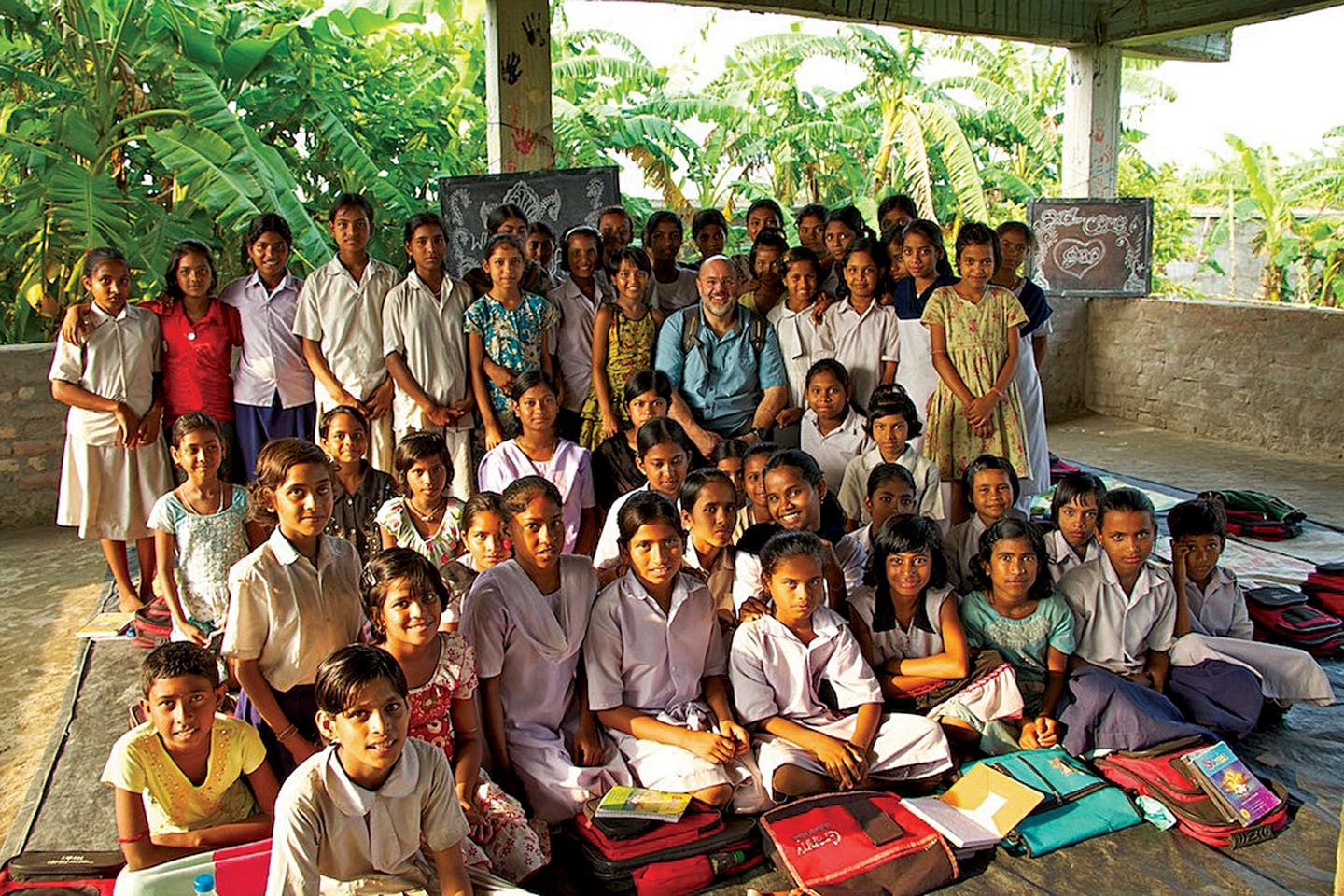
Features
Training Leaders of Tomorrow: Robert Baird Wins Clem Labine Award

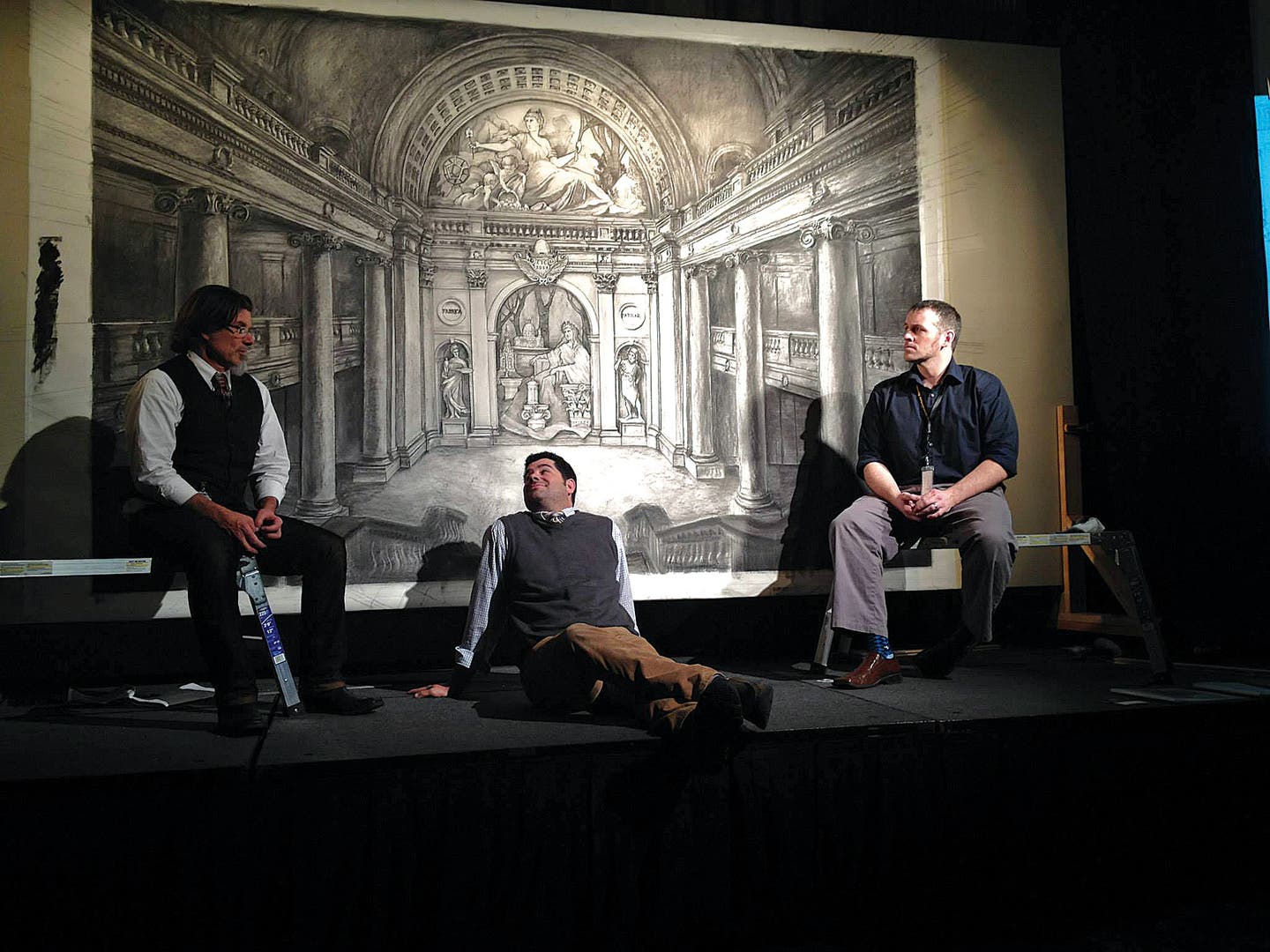
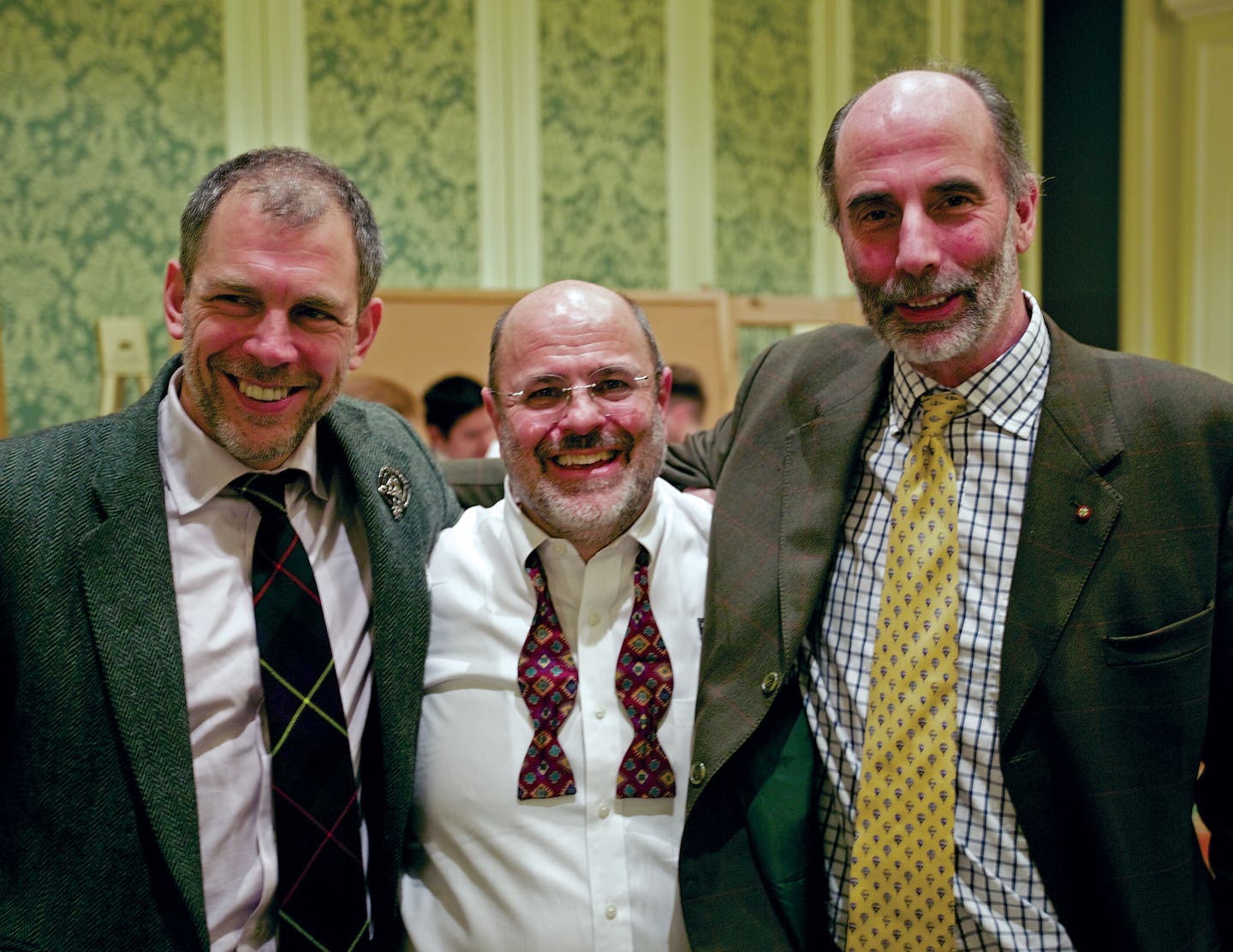
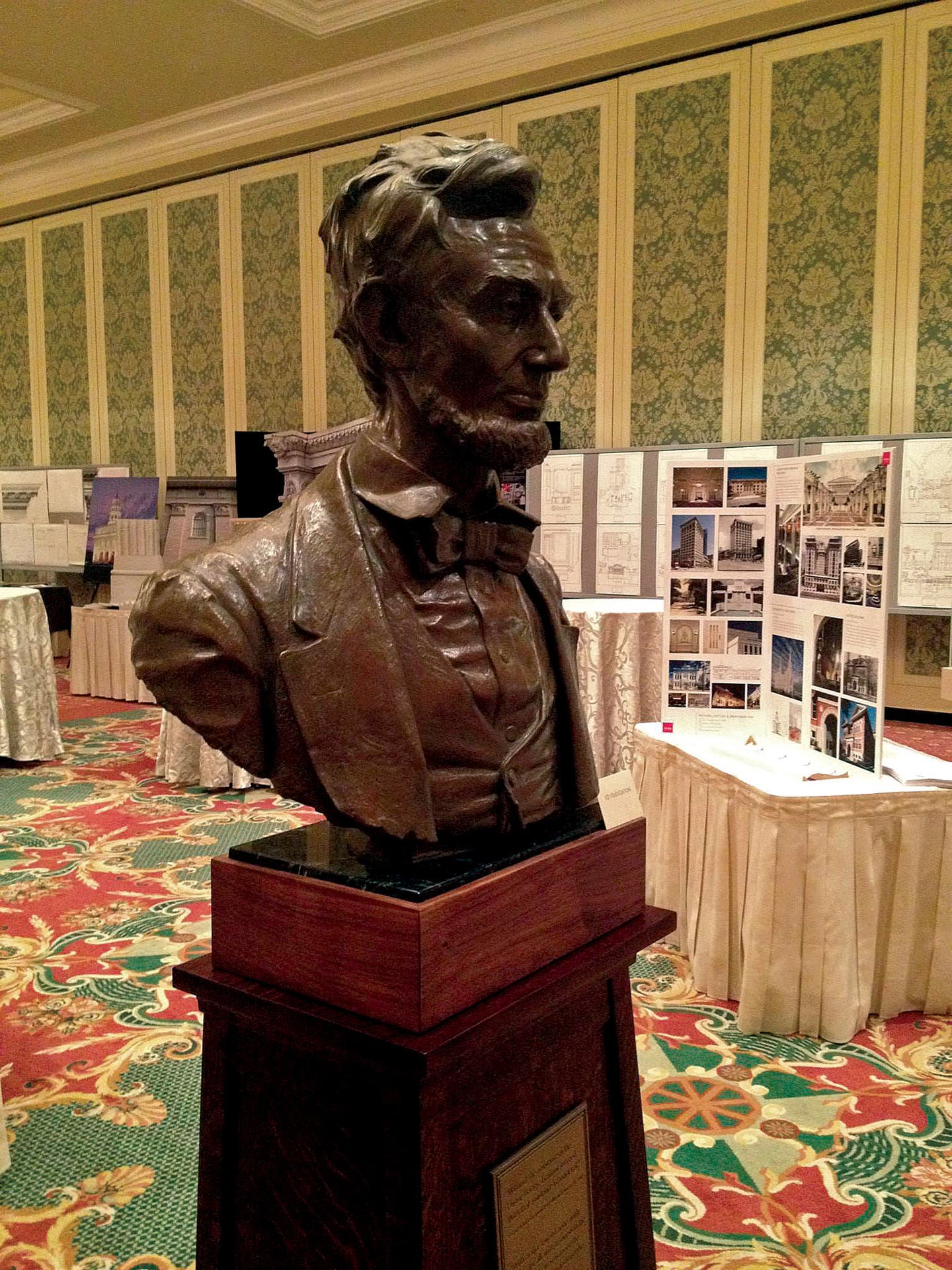
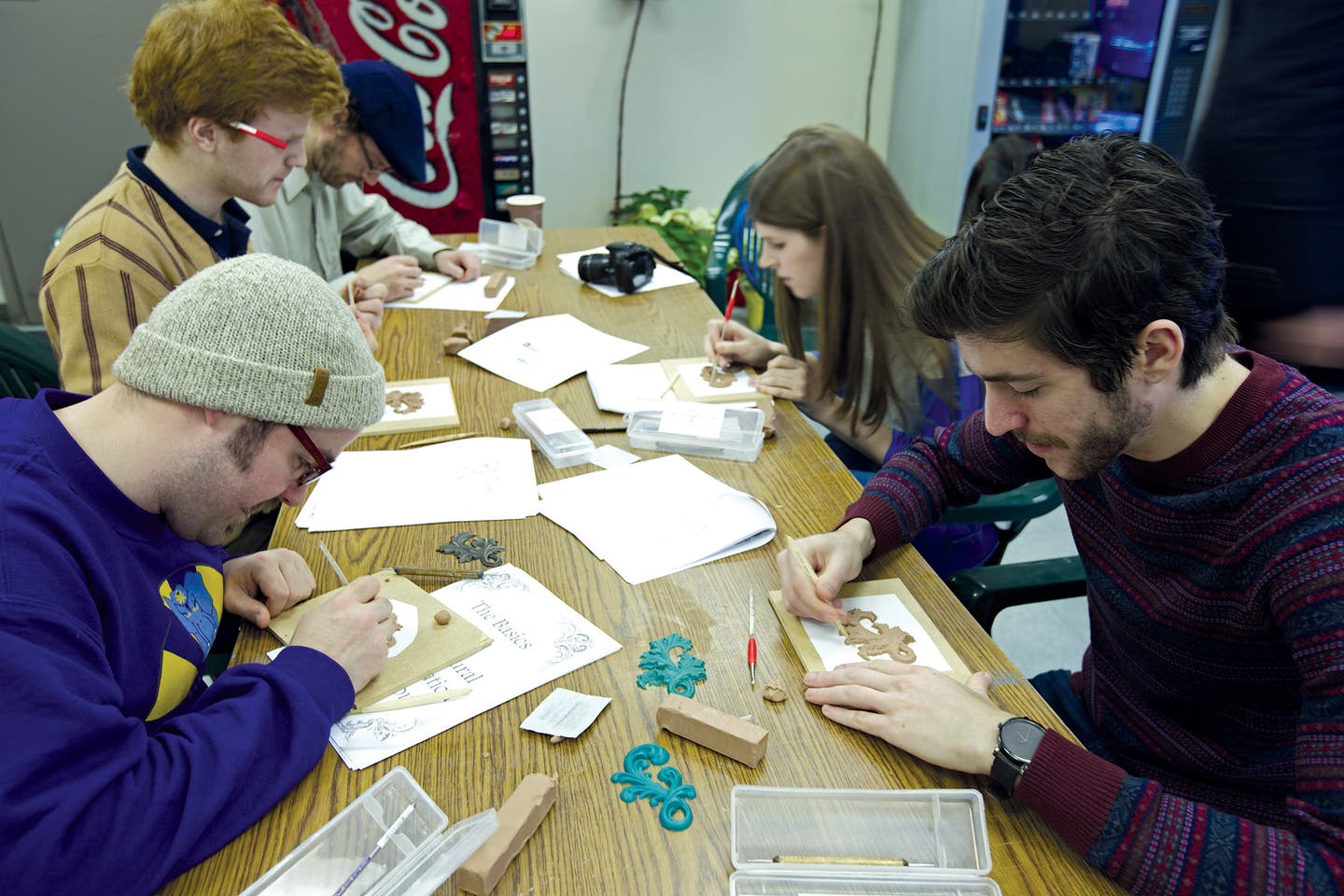
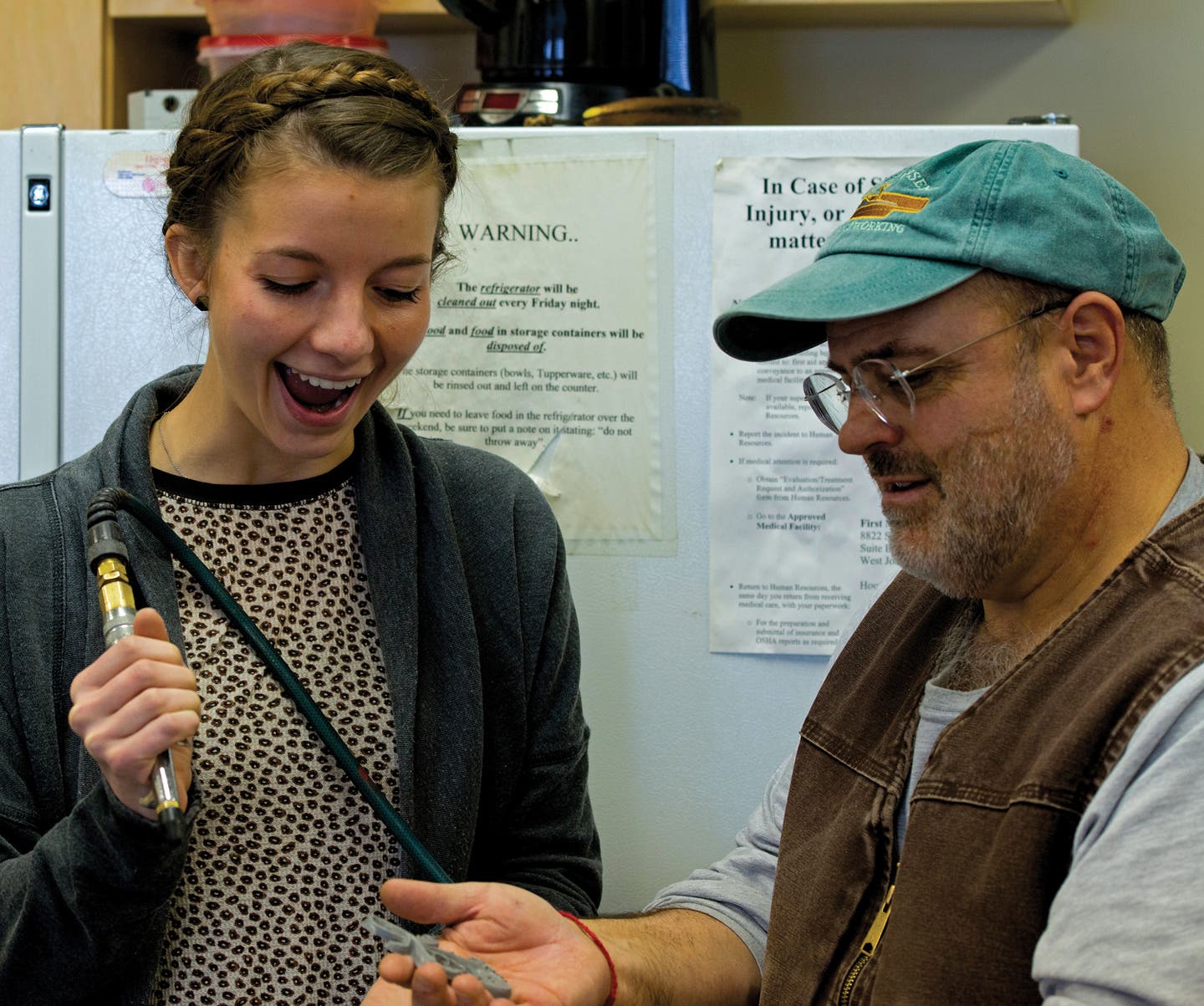

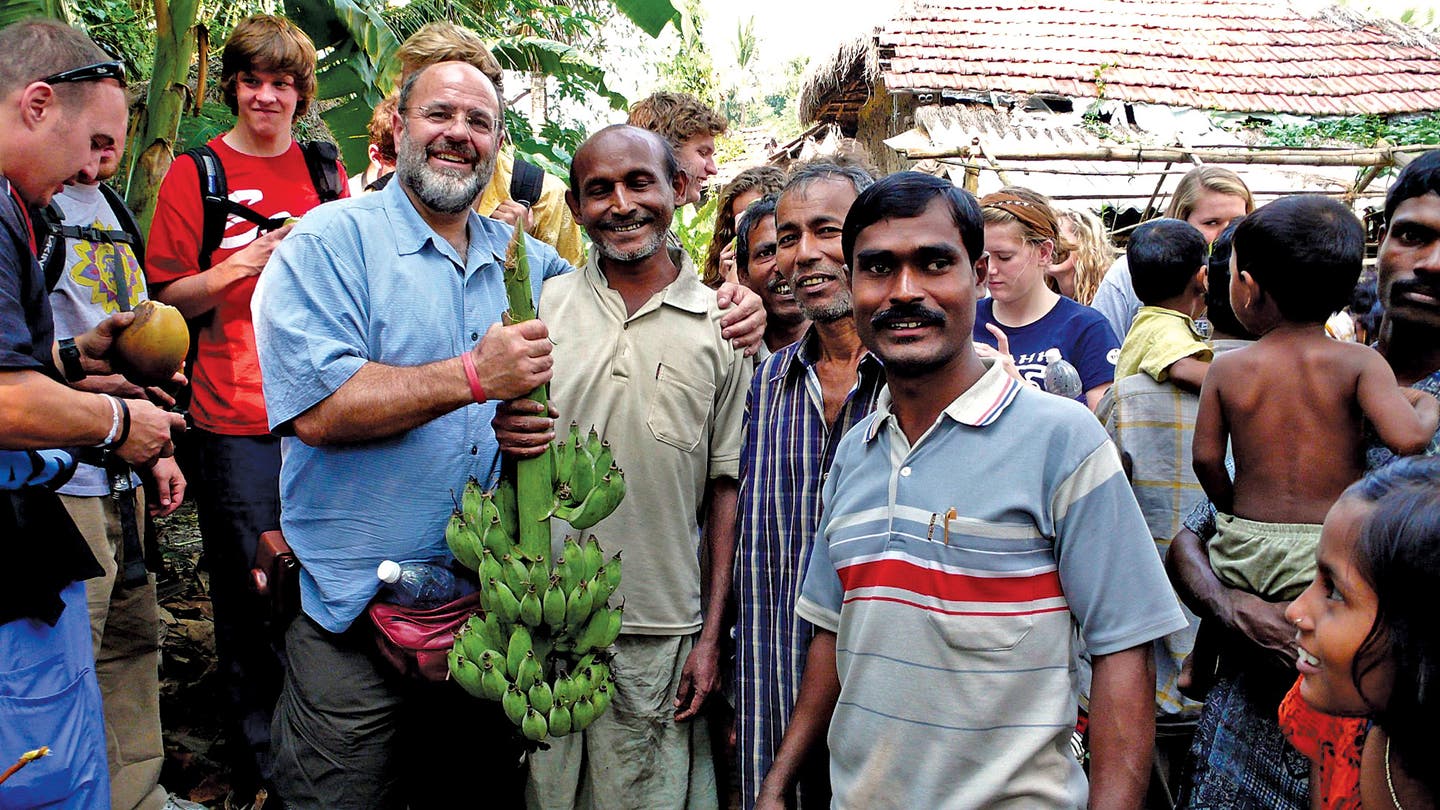
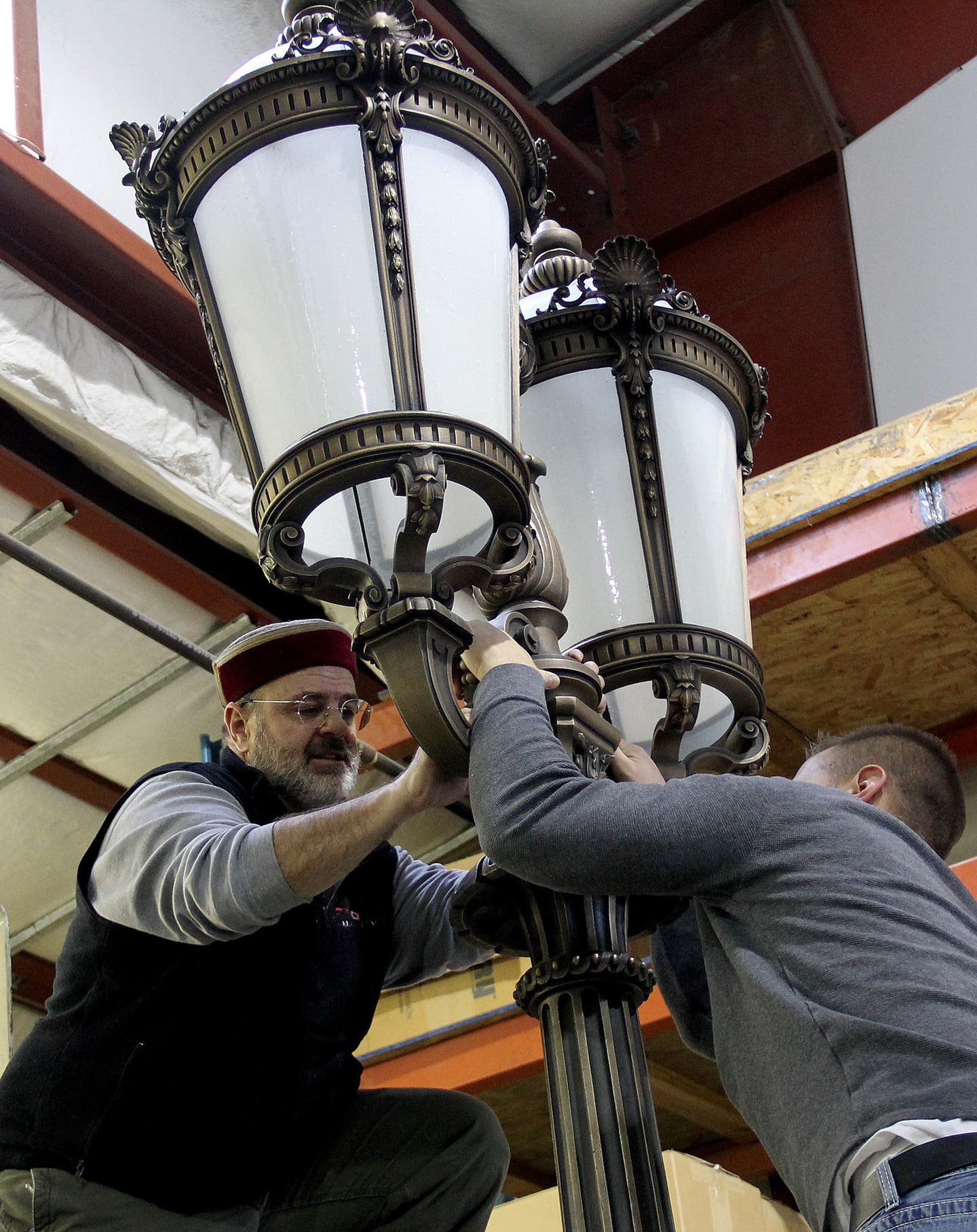
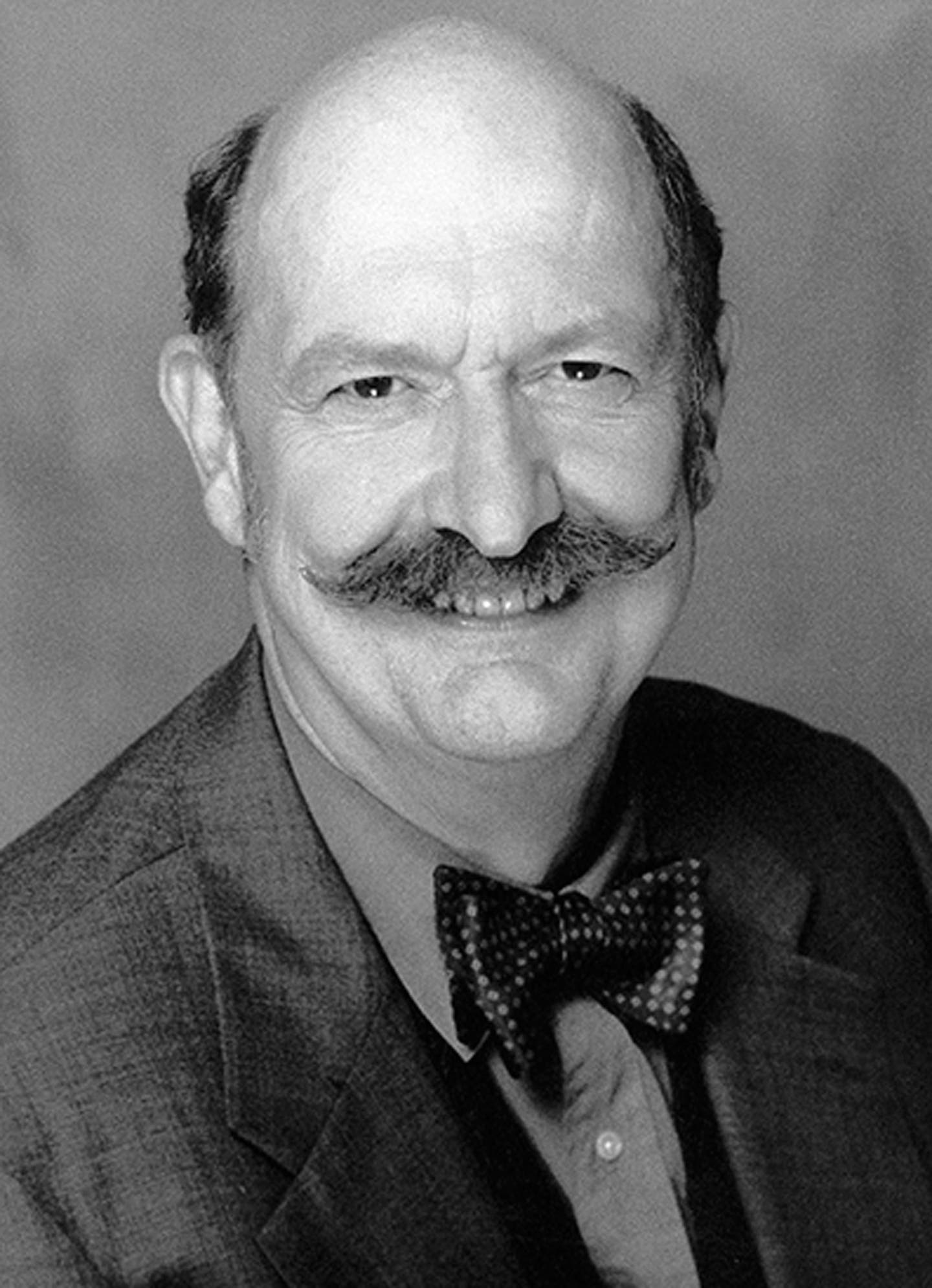
Some teenagers set up their garages as workout rooms while others use them for rock band rehearsals. For Robert A. Baird and his brothers, the garage space was for restoring cast-iron architectural components for their father’s restoration projects. Baird essentially started his historic preservation career when he was 16 years old and hasn’t stopped since.
Baird’s introduction to historic preservation came even earlier when he was just a young boy. “My father, Steven T. Baird, was one of the early preservation architects in America,” he says. “He was commissioned to restore an old historic Mormon community in Illinois called Nauvoo. Our family moved there when I was 11 years old and I grew up in a preservation environment. In the summers, I worked with archeologists where I was lowered into wells to excavate and bring up artifacts for the archeology research of these historic buildings.”
Baird’s official title is vice president of operations/secretary/treasurer at the Salt Lake City, UT-based Historical Arts & Casting, Inc., one of the first companies in the country to restore cast-iron buildings. It was founded by him and his brothers. But Baird also leads a parallel pro-bono career of tirelessly promoting historic preservation, supporting Classical architecture training and organizing humanitarian projects. Just this past February, he was the mastermind behind the wildly successful “Classical Tradition Conference” (CTC) held in Salt Lake City, UT, which was hosted under the aegis of the Utah Chapter of the Institute of Classical Architecture & Art (ICAA). It was the success of this conference that vaulted Baird to the top of the list when the editors were selecting the recipient for this year’s Clem Labine Award.
The Clem Labine Award
Founded in 2009, the award was named after Clem Labine, founder of Old House Journal, Traditional Building and Period Homes magazines. It recognizes a person who has devoted long-term, pro-bono personal efforts to fostering humane values in the built environment. “By ‘humane values,’ we mean the creation of civility, beauty and sustainability in our communities – the traditional values of humanism,” says Labine, adding that the winner of the award could be an architect, artist, craftsperson, community leader or some other professional. “In other words, we’re honoring someone who exemplifies ‘A Life with a Purpose.’ Robert Baird is being cited as a preservationist, educator, humanitarian and visionary leader.”
Honoring a Mentor
When Baird’s role model, mentor and long-time friend Margot Gayle passed away in 2008, he was disappointed at the recognition she received for her achievements as a preservationist. Gayle dedicated half her life to preservation, beginning in the 1950s with her mission to save the Victorian-Gothic Jefferson Market Courthouse in New York City’s Greenwich Village.
She founded the organization called Friends of Cast Iron Architecture, where Baird first met her, and the Victorian Society of America. Every year, thousands of tourists visit NYC’s historic districts including the Ladies’ Mile, the Flatiron district and the 26 blocks of about 500 cast-iron buildings known as SoHo, but few knew that Gayle was the reason these districts still exist.
“My friendship with Gayle started at a really young age,” says Baird, noting that he worked with her for 30 years. “I saw how passionate she was with regards to saving and preserving NYC, and indeed the historic preservation movement in New York wouldn’t be what it is today without her. After working with Gayle for so long, seeing the kind of efforts she made, I felt like she never got the credit she deserved.”
After her passing, Baird produced a three-minute testimonial film on Gayle that was part of a documentary of the restoration of the ZCMI department store in Salt Lake City, which his father had been commissioned to restore and preserve. He also organized a group with the mission to put a monument honoring Gayle in NYC.
Although the mission has yet to be completed, the movement has never really stopped; it’s been a slow and long process. “Earlier this year, the final project for ICAA’s Beaux-Arts Atelier was to create monument designs that would be appropriate for Gayle,” he says. “They’ve identified a location adjacent to SoHo where that monument could go. I’d love to see that project come to fruition.”
Pioneering the ICAA Utah Chapter
A major supporter and sponsor of ICAA events all over the country, Baird noticed that the organization was missing in his home city so he stepped forward and founded the ICAA Utah Chapter three years ago. He recently completed his three-year term as chapter president and is now the secretary/treasurer.
“The Mormon Church [The Church of Jesus Christ of Latter-day Saints], headquartered here in SLC, is building temples all over the world and has been very interested in the principles of Classical architecture and design,” says Baird. “One of the reasons we needed ICAA in Utah was to provide education to many of the architecture firms working on these projects that have employees and staff with no Classical training. In fact, most of the firms in Utah had no exposure to Classical architecture.”
Baird and the board members started an education program that included classes on the “Classical Orders,” which sold out immediately and necessitated a second class, “Water Color Sketch” and “Theory of Moldings.” The class on “Theory of Proportion” had 55 people in attendance, unheard of in relation to other chapter-hosted ICAA classes.
In addition to furthering the education and training on Classical architecture for the design professionals in his community, Baird was also interested in providing them with exposure to the great names in the field from around the world. That was the impetus behind the creation of the CTC (www.ctcslc.com). What sets this conference apart was the coming together of not only Classical architects but also those who specialize in the allied building arts.
Renowned English architect Quinlan Terry traveled from London to give the keynote talk that started off the two-day conference. Subsequent presentations by award-winning architects Marc Appleton, Anne Fairfax and John B. Murray, to name a few, interwove with demonstrations by masters of the Classical arts.
Master sculptors Alexander Stoddart of Scotland and Edward J. Fraughton (winner of a 2014 Arthur Ross Award) gave sculpting demonstrations on the human form. John Canning, one of America’s leading authorities on traditional decorative painting materials and techniques, as well as historic color palettes, shared his knowledge of marbleizing, graining, stenciling, gilding and glazing. Alexander Creswell, best known for his work for Queen Elizabeth II to record the fire and restoration of Windsor Castle, demonstrated his watercolor painting skills. “I’ve never been to a conference where on the last day at 5:30 on a Saturday night, every seat was full and people stayed an hour afterward just to visit and mingle,” says Baird.
As a result of the conference’s success, Baird is in the midst of planning the second annual CTC that will take place on February 6-7, 2015. “The next conference will be bigger and we anticipate around 400 to 450 people in attendance from around the world,” he says. “For the first conference, we had a venue where artists, architects and craftspeople displayed their work. It’s not the same as a trade show where people are in booths trying to sell a product, this is a place where artisans and designers could create conversations about their work. This venue will also be bigger and there will be a broader global representation. We’re also planning a series of three-day workshops that will take place before the conference.”
Beaux-Arts Atelier Rebirth
During the course of the conference, an architectural mural was created by Classical artists Domiane Forte, Steve Shriver and Matthew McNicholas for a charity auction supporting traditional studies. “I was totally blown away by how much money it raised,” says Baird. “The competing bidder approached me afterwards and said, ‘if you create another rendering for me, I’ll pay the same amount.’ We raised over $80,000.”
The money has gone directly to fund the 10 students attending ICAA’s Beaux-Arts Atelier, an intensive study program following the teaching methods of the École des Beaux-Arts. The students were flown from NYC to attend the conference with registration fees and accommodations paid for. Additionally, their study tour in Rome that occurs at the end of their year-long training has been extended an extra week. Some of the students who have had a hard time raising money for their tuition have also received help.
The remaining balance will fund a new program that Baird has been working on, the Beaux-Arts Academy (www.baa-utah.org). “The ICAA has decided that they no longer want to run the Beaux-Arts Atelier so the remaining balance of the auction funds are really the seed money to move that program to Utah,” he says. “That school will start this fall on September 15, 2014. It will continue the dream of the program’s original founder Richard Cameron.”
The Beaux-Arts Academy will be headquartered in Salt Lake City, UT and will follow a similar curriculum as the Atelier. A small body of 15 students will study with a master where they will learn drawing, wash rendering, painting, proportion and architectural history. There will be trips to NYC to gain experience in Classical architecture as well as trips to Washington, DC, and San Francisco. The last term of the curriculum will be held in Italy. “The idea is that the funds raised by future CTC events will go directly to this program,” says Baird.
Youth Making a Difference
Baird is also the founder and executive director of Youth Making a Difference (YMAD), a non-profit humanitarian organization with a mission to provide young people with leadership training skills to make a difference in the world. In 2005, Baird’s son who was in high school at the time, approached him with the idea of organizing a humanitarian trip. Having traveled to India for business, he suggested that on his next trip he’d research some project possibilities.
Baird first visited the Dalai Lama orphanages in Dharamshala and Delhi and saw that the children lived in immaculate facilities. He was later invited to Chamba, a district in the State of Hamachel Pradesh in northern India. He paid special attention to orphanages and facilities for battered and homeless women and their children and found that they were living in extremely poor conditions with little or non-existent bathrooms, kitchens, beds, linens, clothing and kitchens. There were no education resources or training and vocational programs for them either. He also discovered that humanitarian organizations have never come to aid these native people.
That year, Baird, his son along with 19 other high school students and five adults took with them to India a 20-ft. container filled with humanitarian supplies that were gathered by the students. “It was an incredible but exhausting experience that not only transformed my life but these students’ lives as well,” says Baird. “After we came home, we determined that we made a lot of mistakes and that we can do better. We organized another group of students with the promise that through this organization we would teach young people how to impact the world around them.”
To date, YMAD has guided more than 650 high school students on expeditions in India. After the students are trained in leadership skills, fundraising and community service, which is a 10-month program, they spend their two-week expedition applying their skills in practical ways; such as teaching Indian children to speak English. The organization has built a school outside of Calcutta and is now responsible for 105 first-generation learners, all are girls who would have had no opportunity for an education. “English is supposedly the primary language in India but there are 450 native languages,” says Baird. “We’ve developed a curriculum of 25 courses that is taught over a two-week period. In two weeks, we can have a school speaking English.”
People have constantly asked Baird, “Why do you go to India and spend money over there when there are so many poor here?” His response, “Our mission is to build leaders. The only way we’re going to make a difference is to start with young people and instill in them a desire and passion in these areas, then let them take it to the next level.
“I feel the same way about the Classical architecture movement in that it’s really the education and the students who are important. This is why I do what I do with regards to these organizations. They are labors of love because they’re all about the future.”





